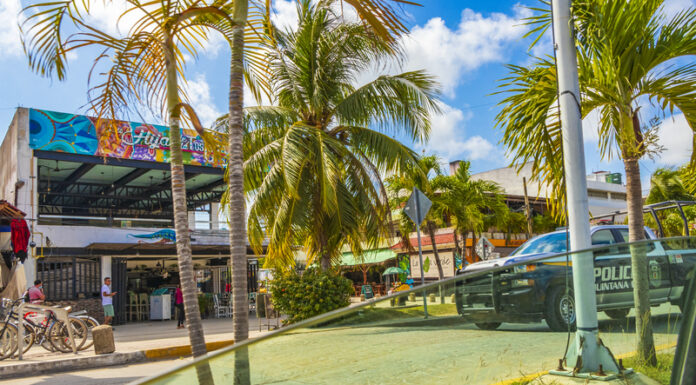A deadly mass shooting in a strip mall in Apaseo el Grande, Guanajuato, Mexico resulted in the loss of eight lives and wounded two others on the night of November 30, 2026.
The victims were gathered near a stand selling traditional milk-based fudge when the shooting began. Among the eight deceased are two firefighters and a paramedic. The firefighters are Alejandro Ortega and Ulises Ramírez, and the paramedic is Ricardo Eduardo López Ortega.
Other victims include Fernando Antonio, Ángel Adrián, Édgar, and Rodolfo Alejandro.
The shooting is part of a larger trend of increasing violence in Guanajuato, a state that has been deeply impacted by an ongoing territorial dispute between the Jalisco New Generation Cartel (CJNG) and the Santa Rosa de Lima gang. The CJNG has extended its operations to 27 out of the 46 municipalities in Guanajuato since 2014, which has heightened the conflict and led to Guanajuato becoming the deadliest state in Mexico. By the start of 2022, Guanajuato was experiencing an average of 8.5 murders per day, underlining the serious nature of the crisis.
The previous weeks have seen a disturbing increase in attacks linked to drug cartels. In the cities of Acámbaro and Jerécuaro, several police officers were wounded in car bombings, and 12 mutilated bodies were found in the vicinity, with cartels publicly taking responsibility. In Salamanca, armed men attacked a drug rehabilitation center, killing four and injuring five, using metal spikes to hinder the response of security forces. These audacious attacks underline the increasingly bold tactics employed by the cartels and their disregard for human life.
The U.S. State Department has issued strong travel warnings, advising Americans to stay away from Guanajuato and other states affected by drug cartels. Six states, including Guanajuato, now bear “do not travel” warnings, while another seven are marked for reconsideration. These advisories reflect the mounting global concern over the security crisis in Mexico.
President Claudia Sheinbaum of Mexico has placed an emphasis on intelligence gathering and social programs over military interventions in her response to the violence caused by drug cartels. Her strategy, a continuation of the “hugs, not bullets” policy initiated by her predecessor, is aimed at tackling systemic issues like poverty and corruption that feed into the power of the cartels. However, detractors argue that this approach does little to address the immediate and escalating threat from organized crime.
The CJNG’s expansion into Guanajuato has only exacerbated the region’s instability. The cartel, a splinter group of the Sinaloa Cartel, is involved in drug trafficking, extortion, and kidnapping across 27 of Mexico’s 32 states. Its violent conflict with the Santa Rosa de Lima gang has turned towns like Apaseo el Grande into war zones, forcing inhabitants to live in a constant state of fear and uncertainty.
Despite promises of reform and intervention from the government, a peaceful resolution remains elusive. For the communities of Guanajuato, the cost of this violence is relentless, resulting in shattered lives and destabilized institutions. The recent mass shooting in Apaseo el Grande serves as another stark reminder of the human toll of this protracted conflict as the citizens of Guanajuato endure the tragic outcomes of a war they did not instigate.







